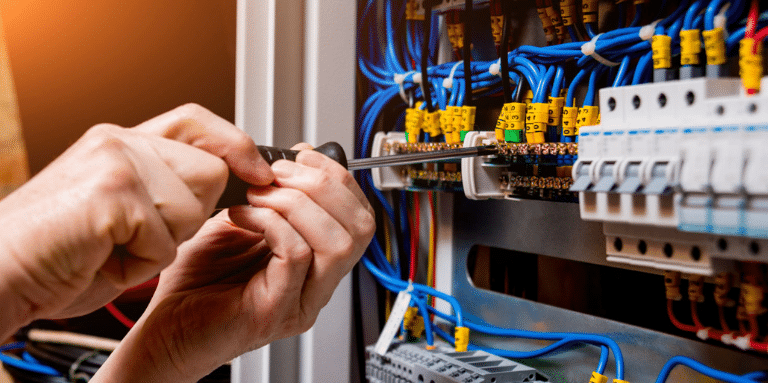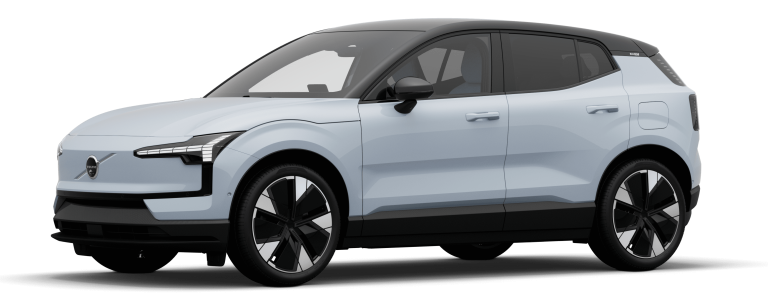Use the TCO simulator to calculate your car's total cost of ownership and compare it with its internal combustion equivalent.
Grounding: what does it mean?
In electricity, earthing, also called grounding or MALTis an essential safety system that protects people and property against the dangers of leakage currents. The principle is simple: connect the metal parts of electrical appliances and building grounds to an earth rodto evacuate these currents to the ground in the event of an insulation fault.
Imagine an electrical appliance with a damaged wire, exposing a live metal part. Without grounding, touching this device could result in electrocution. On the other hand, with an effective ground, the leakage current will flow to the ground via the ground wire, tripping the circuit-breaker and cutting off the current, thus protecting you from danger.
Grounding is mandatory all electrical electrical installations safety standards, such as NF C 15-100 in France. It plays an essential role in preventing electricity-related accidents in the home, and is indispensable for guaranteeing the safety of the occupants of a dwelling or building.
Read more: Should I change my electricity contract when installing a charging station?
Grounding and earthing: what's the difference?
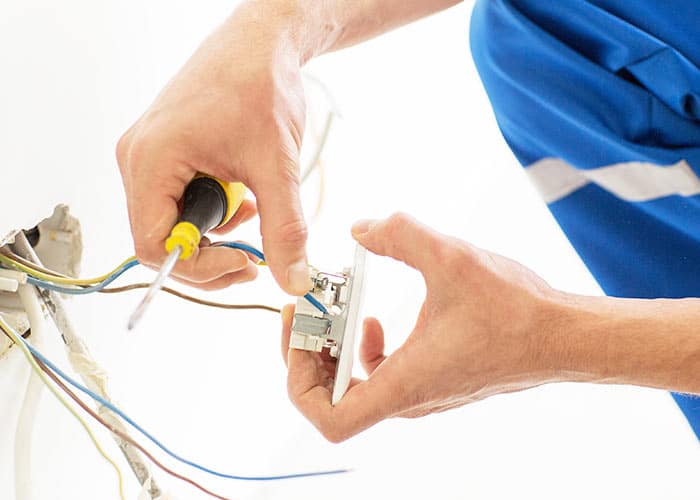
Earthing and bonding are two related but distinct concepts in electricity.
Earthing is the overall process of connecting all the conductive elements of an electrical installation to ground potential, thus ensuring the safety and proper operation of the system. It encompasses all the connections and devices needed to create this link with the ground.
The earthing point, on the other hand, is a specific, physical element of this system: it is the actual point of contact with the ground, usually in the form of a metal rod driven into the earth or another conductive device in direct contact with the ground. In other words, the earthing system is an essential component of earthing, but only part of the overall process.
Earthing includes not only the earth connection, but also all the conductors, connections and devices that link the various elements of the electrical installation to this earth connection.
What does NF C 15-100 say about earthing?
The NF C 15-100 standardwhich governs low-voltage electrical installations in France, defines precise grounding requirements to ensure the safety of people and property. Here are a few key points to bear in mind:
Mandatory earthing
According to the standard, all metal parts of electrical installations must be earthed, including pipes, frames and other metal components.
Earth connection
The standard specifies that the earth connection must consist of a set of conductors and electrodes buried in the ground, guaranteeing an earth resistance below the maximum value permitted, depending on the type of earth leakage circuit breaker used.
Equipotential bonding
According to the standard, equipotential bonding is required to connect the various metallic masses of the installation, thus standardizing their electrical potential and improving protection against electric shock.
Protective conductors
The standard defines the characteristics of protective conductors, the green-yellow wires that connect metallic grounds to the earth.
Inspection and maintenance
The standard requires periodic checks of the earthing system and equipotential bonding to ensure their proper operation and long-term efficiency.
Compliance with the requirements of standard NF C 15-100 is essential to guarantee the safety of electrical installations and protect people against the risks associated with leakage currents. It is therefore essential to have all earthing work and periodic inspections carried out by a qualified electrician.
How do you check whether a home is properly earthed?
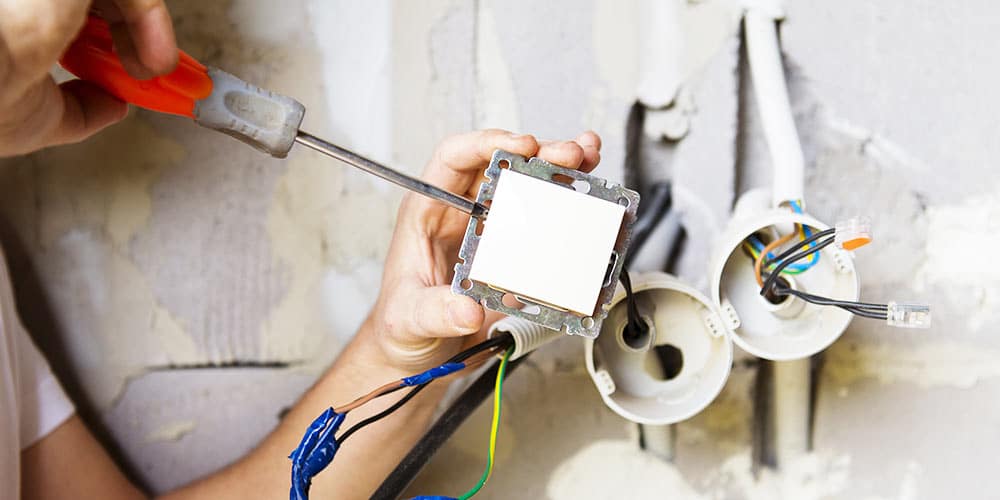
Checking a home's grounding is an important step in ensuring the electrical safety of your home. To make sure your home is properly grounded, start by visually inspecting the main electrical panel to locate the ground wire, usually colored green and yellow. Next, use a socket tester to check that each socket is properly earthed. If you have any doubts, call in a qualified electrician who can carry out more thorough tests, such as measuring earth resistance with an ohmmeter.
It is important to note that the grounding check should not be neglected, as incorrect grounding can lead to the risk of electric shock or fire.
If a problem is detected, don't hesitate to call in a professional to carry out the necessary work and ensure that your electrical installation complies with current standards.
What equipment needs to be earthed?
To ensure everyone's safety, the following items must be grounded:
- Your home's electrical panel, which must be equipped with a grounding strip and a grounding terminal block (green in color).
- Electrical circuits in your home, and by extension, all sockets used to connect Class I appliances, identified by the ⏚ symbol (such as electric radiators and household appliances).
- VDI (voice, data and image) network ducts, including the communication box, if you have one.
- The main equipotential bonding points in the home, i.e. points containing metal parts likely to be conductive (such as metal door or window frames, pipes, etc.).
- Equipotential bonding in shower rooms, in compliance with NF C 15-100, particularly in bathrooms.
Earth connection: how much does it cost?
The cost of a ground connection varies according to several factors, such as :
Housing type
Single-family homes are generally more expensive to ground than apartments, as the length of the cables and the complexity of the work can be greater.
Condition of electrical installation
If the existing electrical installation is old or in poor condition, additional work may be required, which will increase the price.
The chosen grounding technique
There are various grounding techniques, and their cost can vary. The most common technique is to install an earth spike in the ground, but there are other solutions, such as grounding through the water distribution network or a reinforced concrete foundation.
Site accessibility
If the site is difficult to access, this can also increase the cost of the work.
As a general rule, the between 300 and 1,000 euros incl. VAT.
Here are some price examples:
- For an apartment: between 300 and 500 euros incl. VAT
- For a single-family home: between €500 and €1,000 incl. VAT
It's important to get quotes from several electricians before having the work done.
How to install soil in a house?
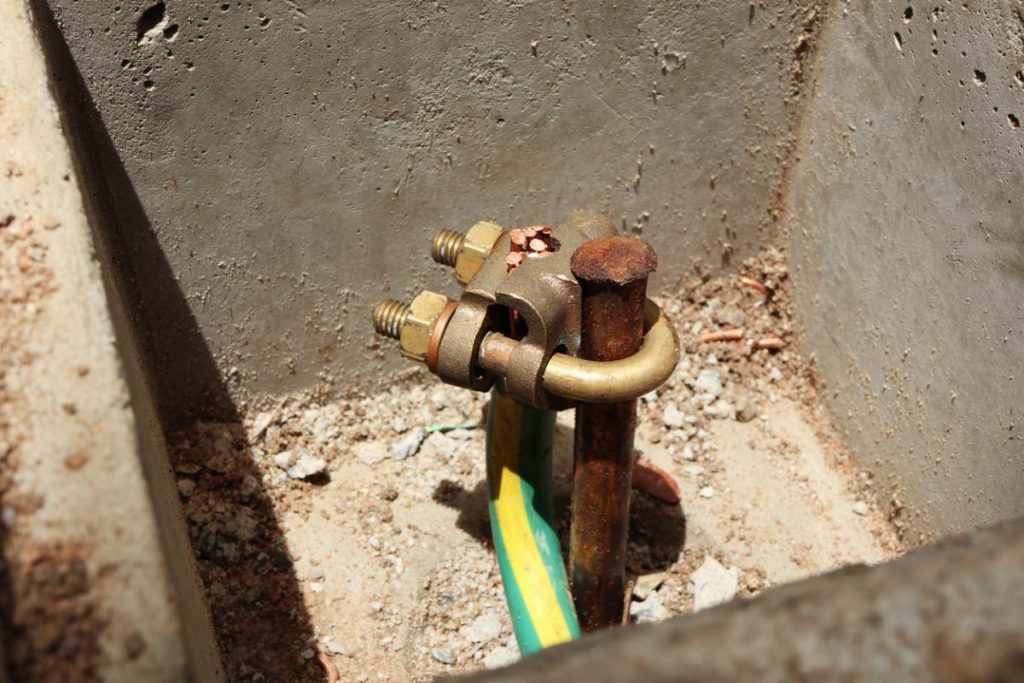
Down-the-hole loop: earthing integrated into the building's foundations
Down-the-hole looping is an effective and economical method of grounding a house, integrated directly into the building's foundation. This technique involves installing a bare copper conductor in the foundation trenches, forming a closed loop around the structure.
This system has several advantages: it offers excellent electrical conductivity thanks to direct contact with the ground, it is protected from mechanical damage and corrosion by the concrete foundation, and it allows fault current to be distributed evenly around the building.
What's more, this method simplifies the construction process by integrating earthing from the earliest stages of the worksite, thus reducing costs and installation time compared with other techniques. The down-the-hole loop is therefore the preferred solution for ensuring optimum electrical protection while complying with current safety standards.
Earth spike: the ideal grounding solution for electrical renovations
The earth spike is an ideal solution for earthing during electrical renovation, particularly suited to older homes. This method consists of driving a metal rod into the ground, thus creating a reliable connection to earth to discharge fault currents. This method is often preferred for renovations, as it does not require the heavy work required for an in-ground loop, which must be installed before the building's foundations are laid.
To install a ground stake, we recommend choosing an accessible location, such as a cellar or a space under a concrete slab. The stake should be sunk to a depth of at least one meter to ensure good conductivity.
Once the pole is in place, it is connected to the electrical panel via a copper earth conductor, often with a cross-section of 25 mm², and a disconnecting strip to isolate the indoor installation from the outdoor one.
This method ensures that the electrical installation complies with the NF C 15-100 standard, protecting occupants from the risk of electrocution and electrical appliances from damage caused by leakage currents.
How is an electric vehicle charging station installed?
Conclusion
In conclusion, earthing is essential for electrical safety, evacuating leakage currents and preventing the risks of electrocution and fire. Compulsory under standard NF C 15-100 in France, it includes the earth connection, equipotential bonding and protective conductors.
To check and maintain effective earthing, regular inspections by qualified professionals are essential. Costs vary from 300 to 1,000 euros, but this is an important investment to ensure the safety of electrical installations and the protection of occupants.
If you would like to know more about the charging station tax credit at 2024please consult our article on the subject.
Are you looking to install a charging station?
Beev can help you find the right charging station and installer, at the right price.
